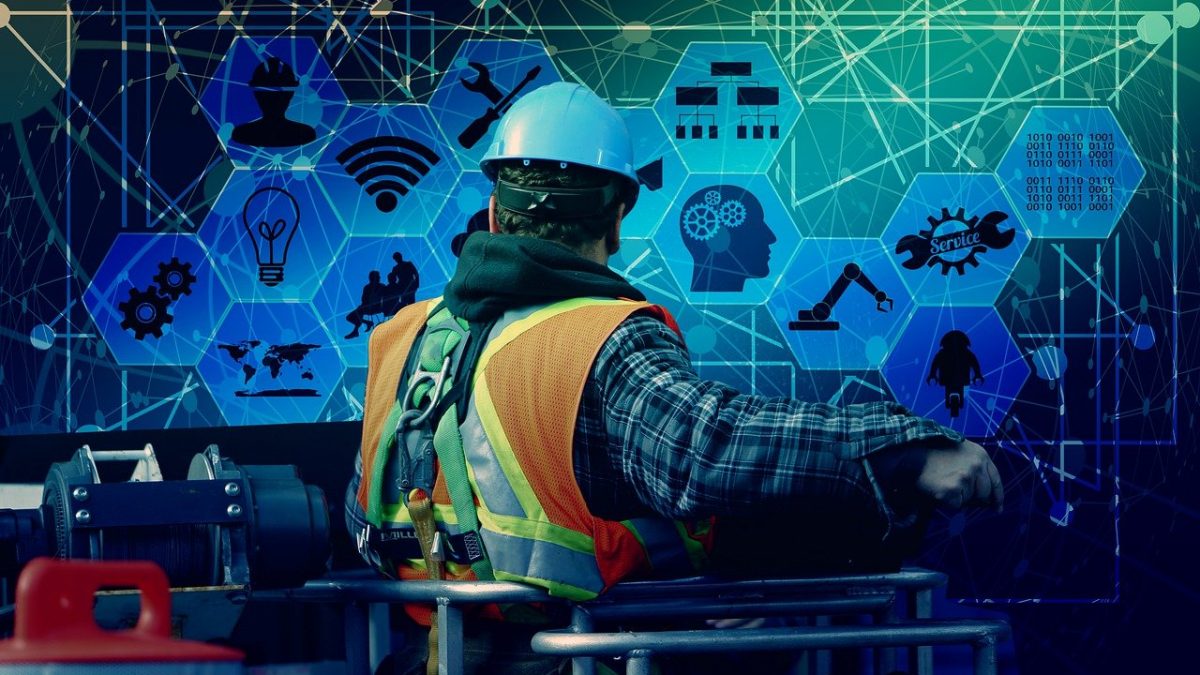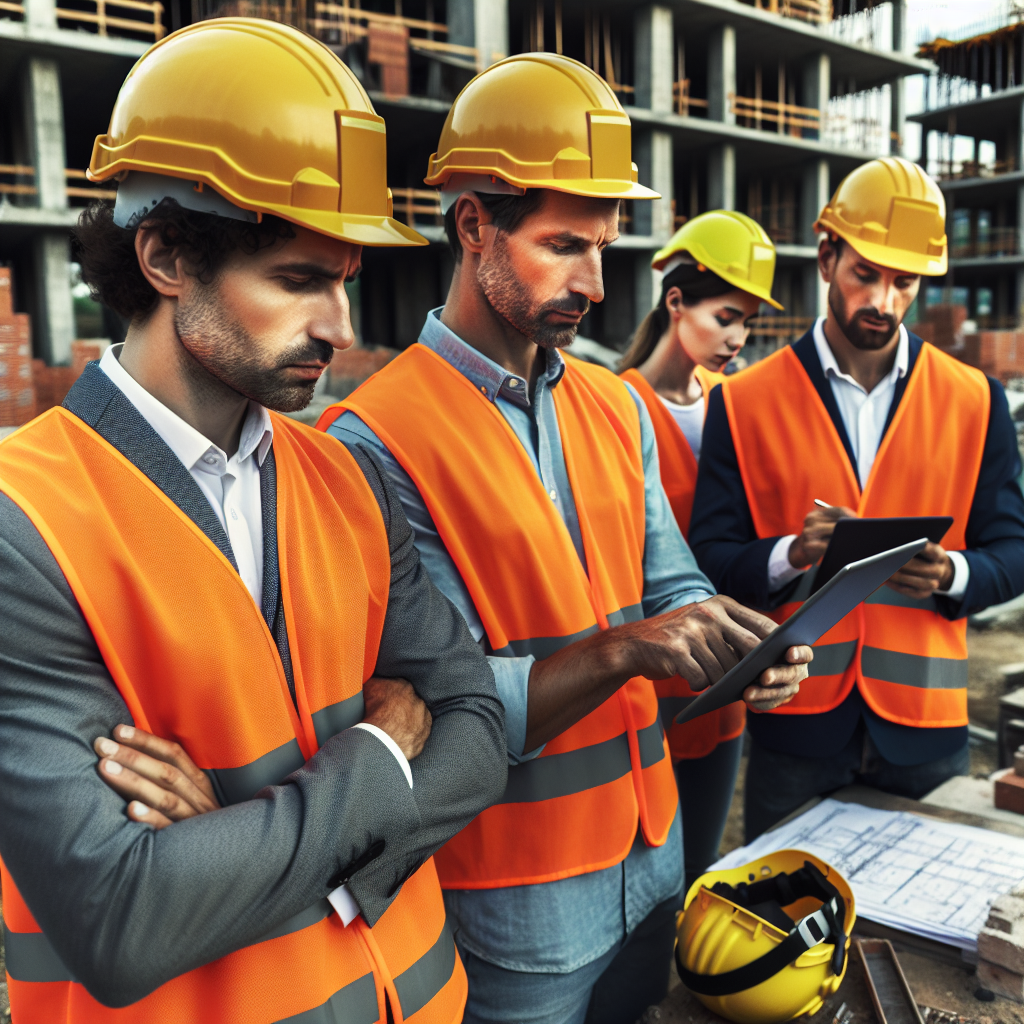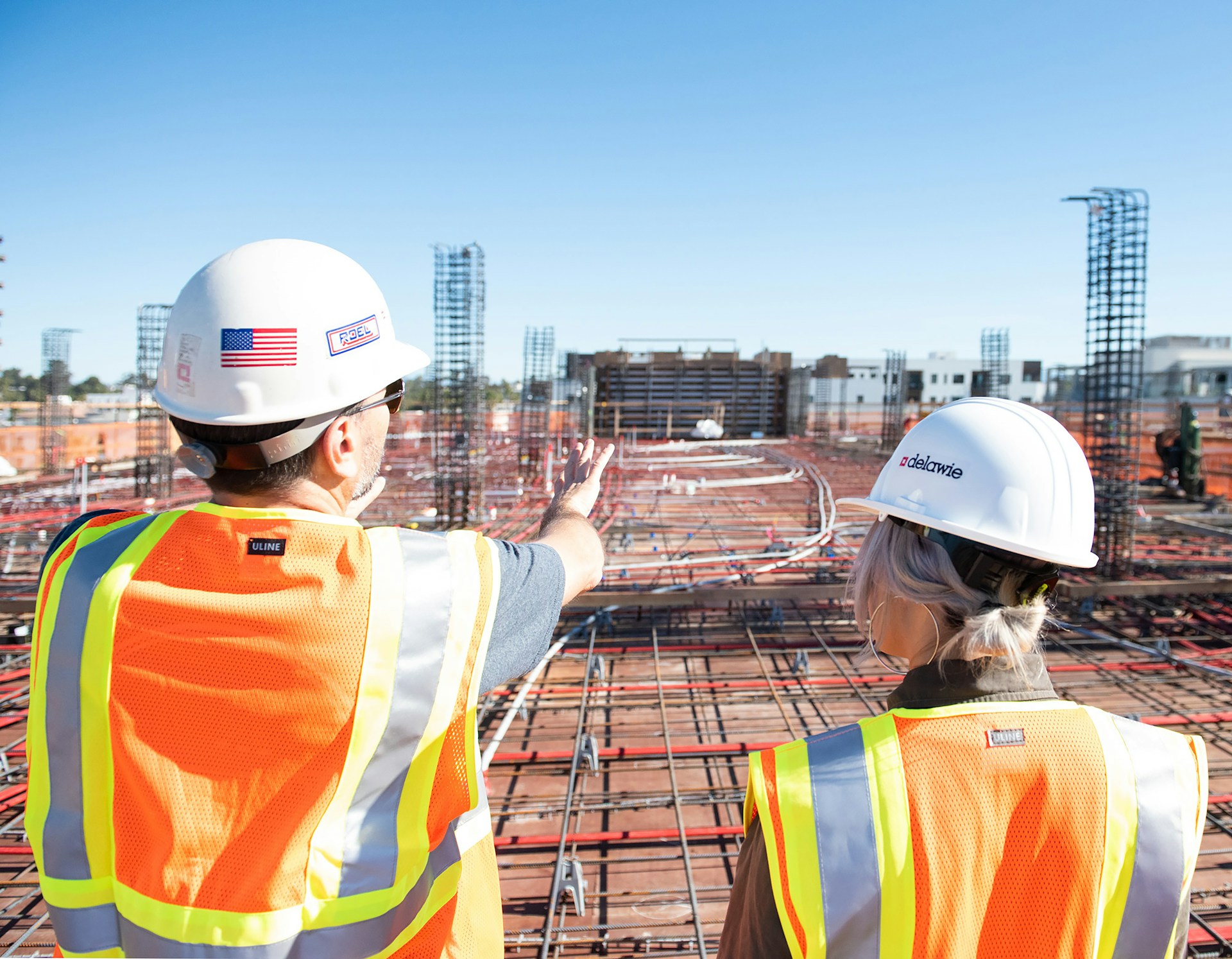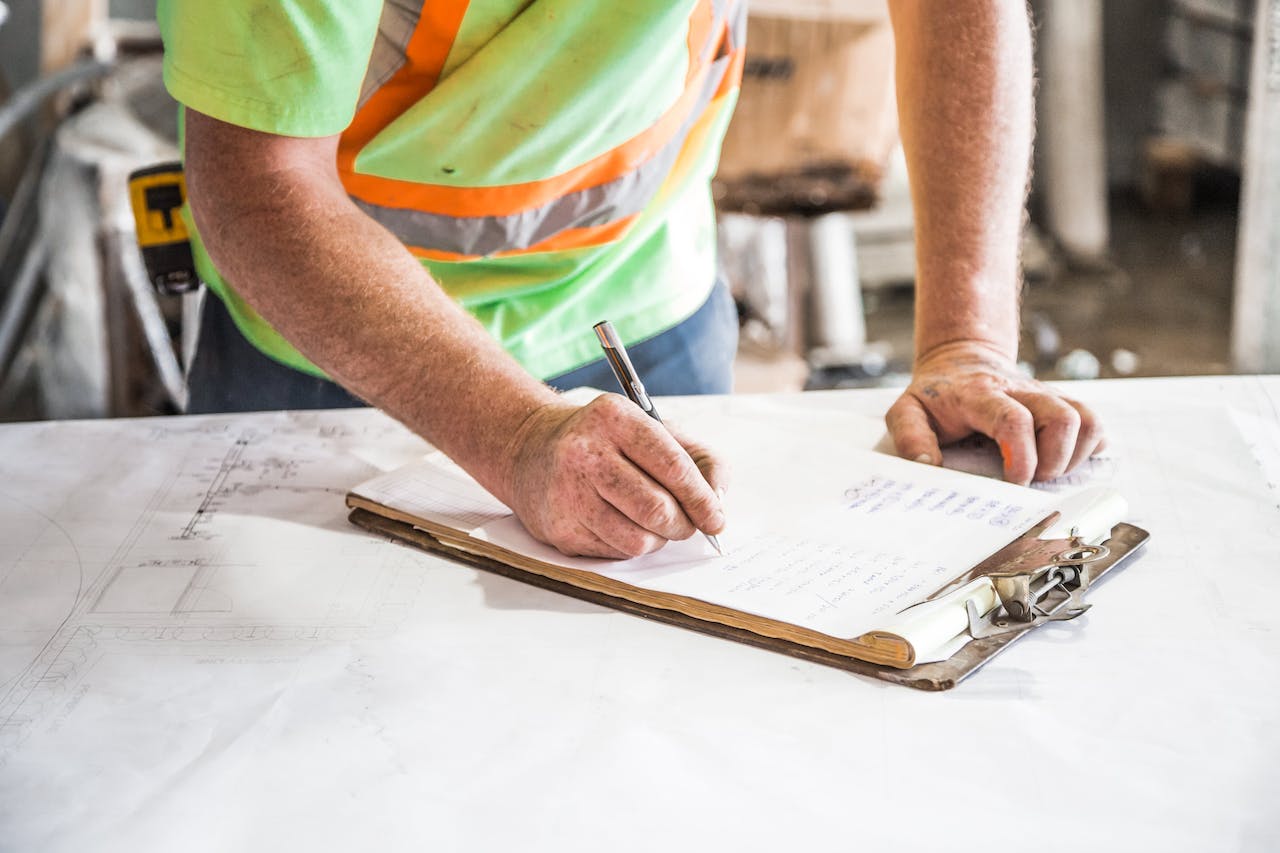The construction industry employs around 7.5 million people and contributes to about 5% of the US economy’s employment. But a recent study by MEPI, Midwest Economic Policy Institute (MEPI) estimates that by 2057, robots may displace or replace 2.7 million jobs in construction.
Indeed, the situation is alarming enough to eye it cautiously. But is the reality that volatile? It turns out that although these numbers may be a reality, AI would not reduce jobs in the construction industry. Instead, improve the quality, speed, accuracy, and safety at construction sites.
Irrespective of the stats, AI in the construction industry will bring its bounties and reform it for the better.
Let’s see how?
What Potential Does Automation Have In The E&C Industry?
McKinsey reports that different occupations in the E&C industry have differing potential for automation. Operating engineers have an as high as 88% potential for automation. This is because AI-powered autonomous heavy equipment like those used for excavation, grading, and site work, is already in practice.
Industry leaders are continuously trying to bring out the best of AI in the construction industry.
In a nutshell, the automation potential for unpredictable work is around 38%. On the other hand, it reaches 70% for predictable work.
The report also predicts that the total automation potential across all occupations to be entirely replaced by robots is 5%.
Technology and Jobs in Construction Industry
How will technology impact jobs in the E&C industry? For starters, the E&C industry is already experiencing a labour shortage post-pandemic. The Deloitte Outlook 2020 for the E&C industry stated that, by August 2021, the industry was experiencing record levels of spending but still had to recover 20% of jobs lost post-pandemic. What’s worse, the sector lost 3000 more jobs that month.
And with the covid-induced supply chain disruptions, economic volatility and rising construction costs, the labour shortage is already a rising challenge for the industry.
Moreover, the robotics revolution is still in its infancy and is not likely to produce any damaging effects lately.
And by the time robotics have a substantial role to play in the field, the industry is sure to evolve its workforce so that AI will augment the construction industry and not damage it.
What Impact Has AI Had On Construction Industry?
1: Impact On Construction Planning
An enormous bounty of AI for the construction industry is probably the construction project management tools. They are the flag bearers of connected construction which is gaining much traction owing to its various productivity gains.
It can be used extensively for construction planning and management. It brings together stakeholders, data, and processes over a single platform. This leads to better visibility into operations for everybody, enabling better decision-making and planning.
They facilitate BIM, digital twins, analytical insights, and a clear view of all the processes and data. This means you can see if the project is overrunning cost limits or project deadlines. You can take corrective measures in time.
2: Impact on Health And Safety
Drones and robots can be directly employed in areas where it is unsafe for humans to work. For example, excavation in hazardous areas is a very valid application of construction robotics. It can save incidents and even lives on construction sites.
Construction project management tools can provide visibility into risky behaviours on construction site and highlights them to managers. This enables timely action and can potentially save accidents on the site.
3: Implications in Snagging and Inspection
Drones and robots like Spot by Boston Dynamics can be used for site inspections. This streamlines the process of data gathering and facilitates reaching difficult places.
Such technologies can enable teams to compare the real-time built feed with the planned BIM. Zepth 360 provides a 360-degree view of the current built which you can use for snagging and inspection purposes. This enables impartial inspections and timely decisions.
4: Autonomous Vehicles
Autonomous vehicles are self-driven vehicles that can do excavations, digging, etc., for you without any human intervention. Autonomous dozers, excavators, and CLT are available in the market. With built-in sensors, they stop if something is in the way and perform their job to the highest accuracy. At the same time, they also reduce the risks to human life while working in rugged terrain.
Humans Are Irreplaceable
As construction projects become more complex, technology, AI and Robotics in the construction industry will help deliver the projects within the stipulated time and budget. They increase the efficiency and productivity of teams. Thus, E&C companies can take on more work and increase headcount rather than decrease it.
Thus, with a little upskilling and training, the construction industry cannot only create additional jobs but also make the industry more efficient and profitable to work in.




